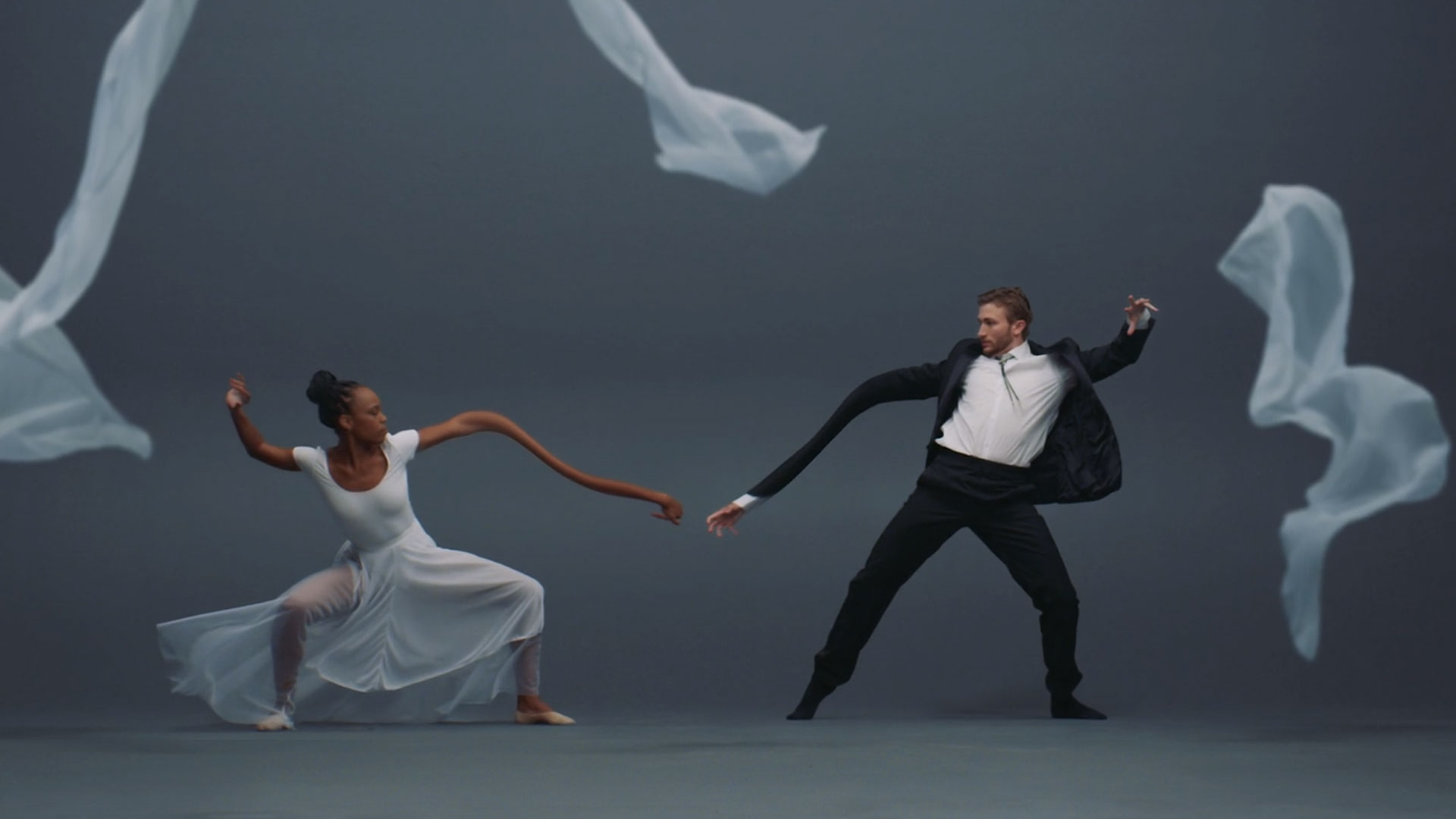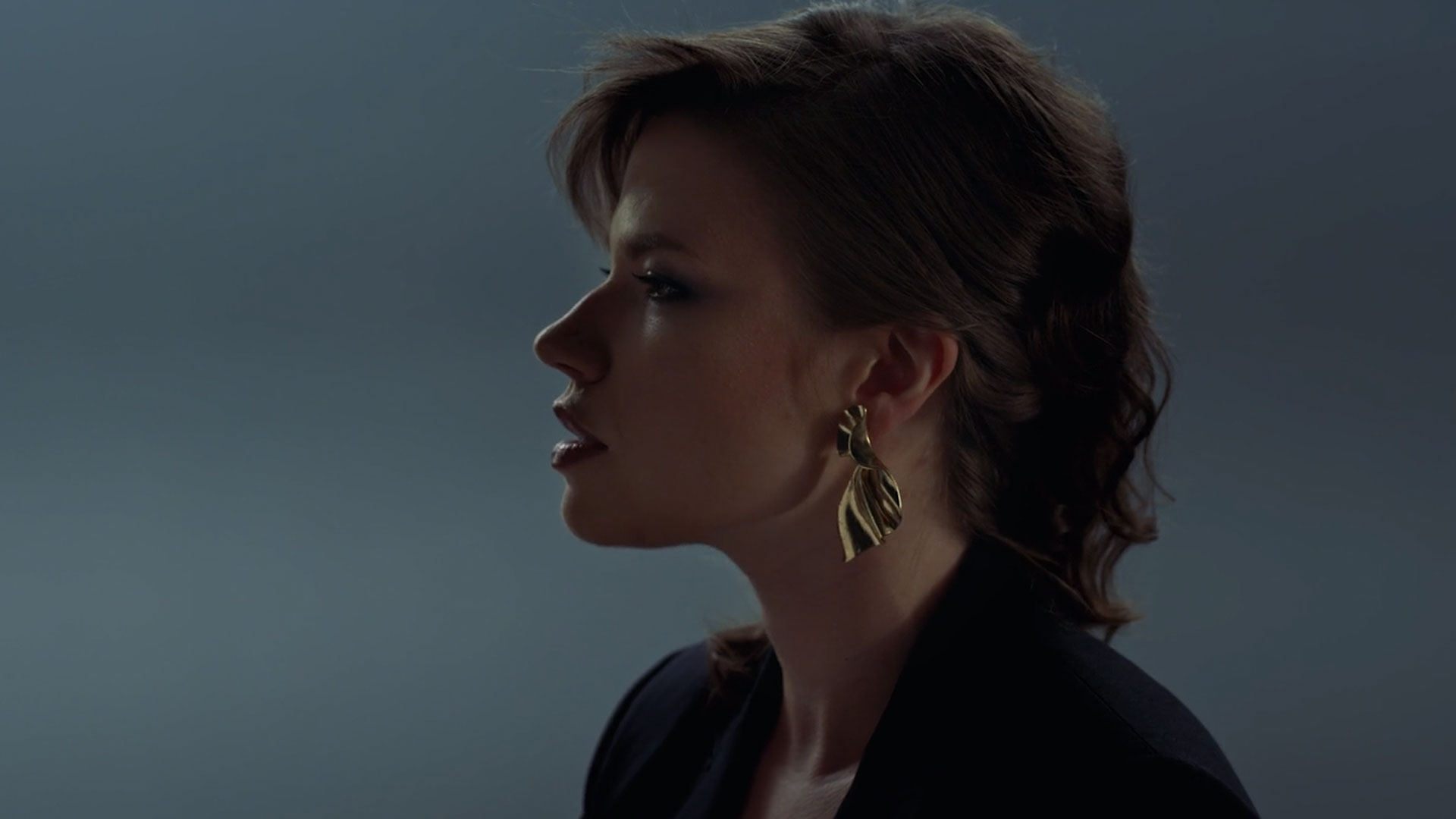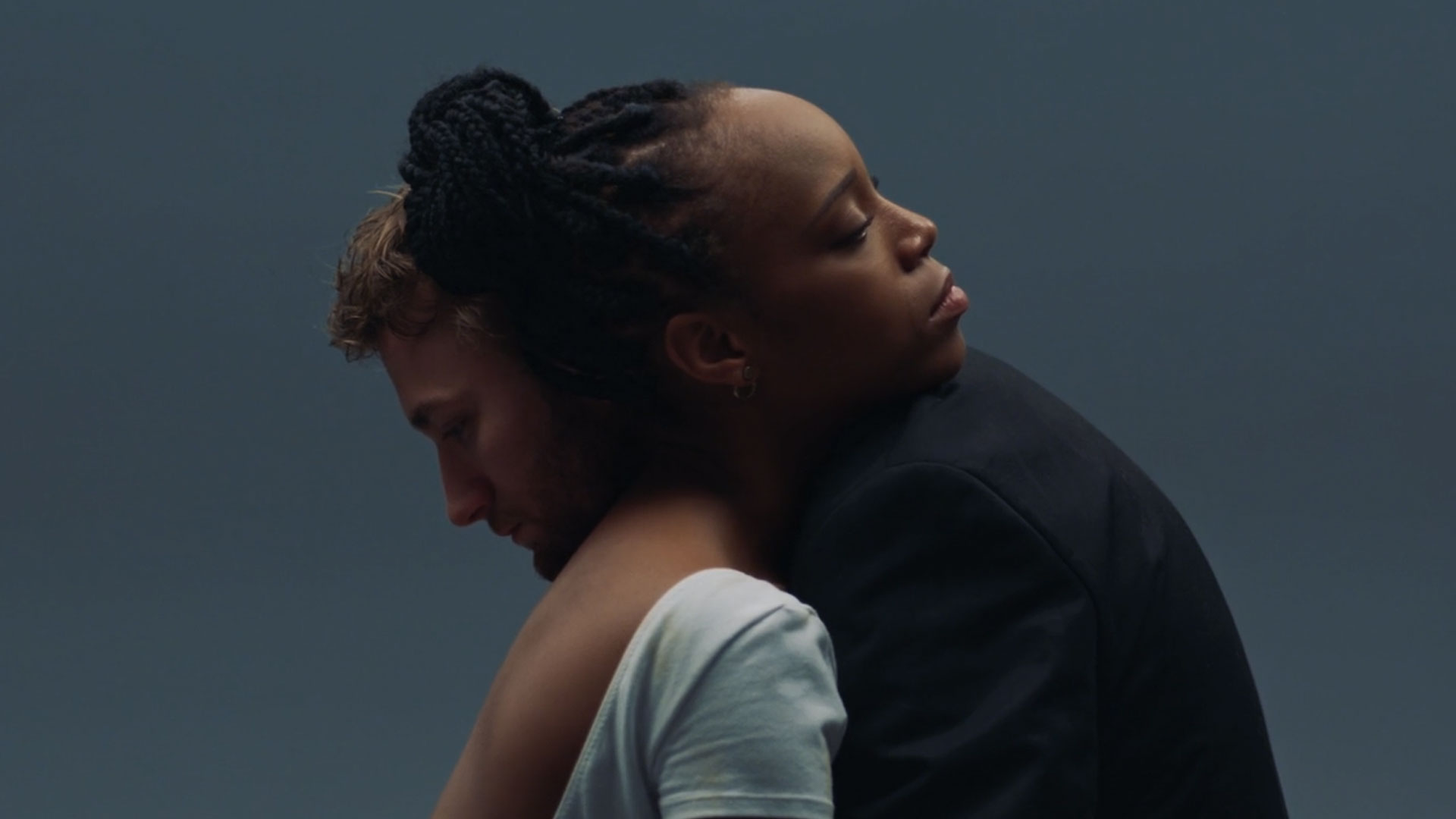This hands-on guide shows you how to distort your images like Kubrick.



Film By Dress Code



Up next
Zee Ntuli
Tsunaina
Ben Miethke
Loris Russier
Mike Cruz
Dustin O’Halloran – Spiritus Natu...
Markus Englmair
H.C. McEntire – Gospel of a Certain Kin...
Jon Jenkins
BokiChelo
Soft Cell & Pet Shop Boys – Purple...
Yassa Khan
Henry Kaplan
Show More

Band Member :
David Perlick-Molinari
Deidre Muro
Derek Muro
Guest Vocalist :
Eric Mendelsohn
Choreograph :
Andrew Harper
Dancers :
Richard Walters